What is the difference between Vein cut & Cross cut slabs?
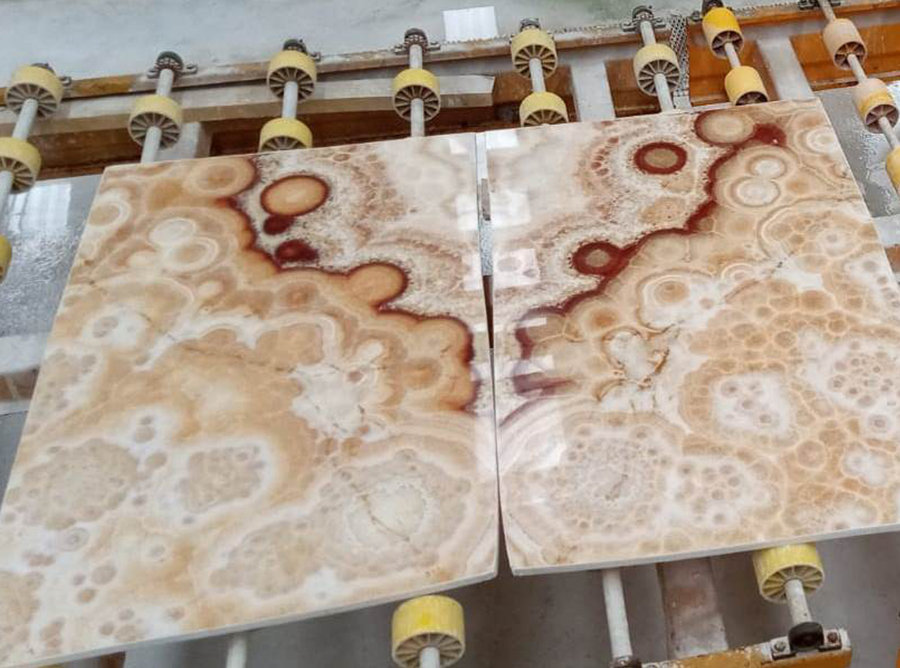
Vein cut and Cross cut refer to the way a block of natural stone is cut into slabs.
Depending on the stone, these two different processing ways may result to two completely different aesthetic results, or in some cases there are no differences whatsoever!
As mentioned in a previous post sedimentary stones are formed by the accumulation of sediments.
Have a look at the picture below of a travertine quarry.
Do you see these horizontal lines?
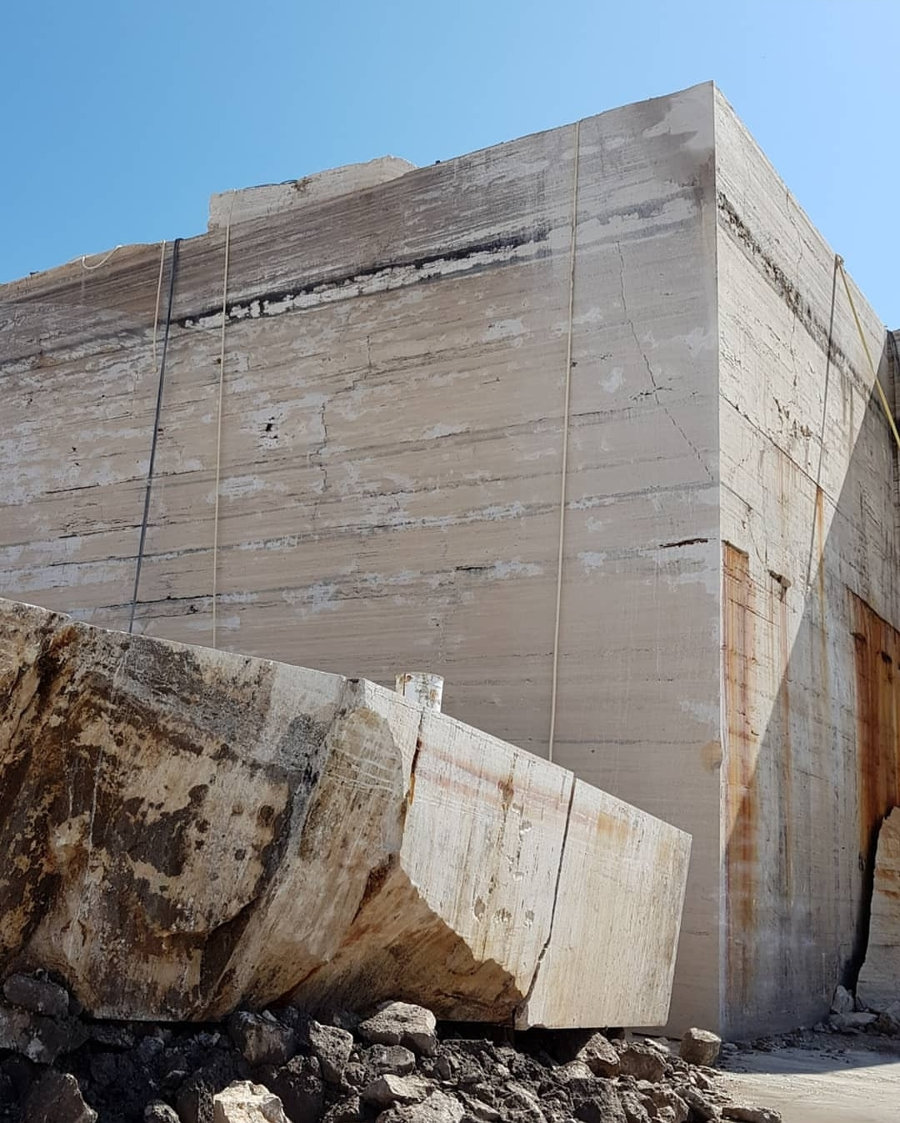
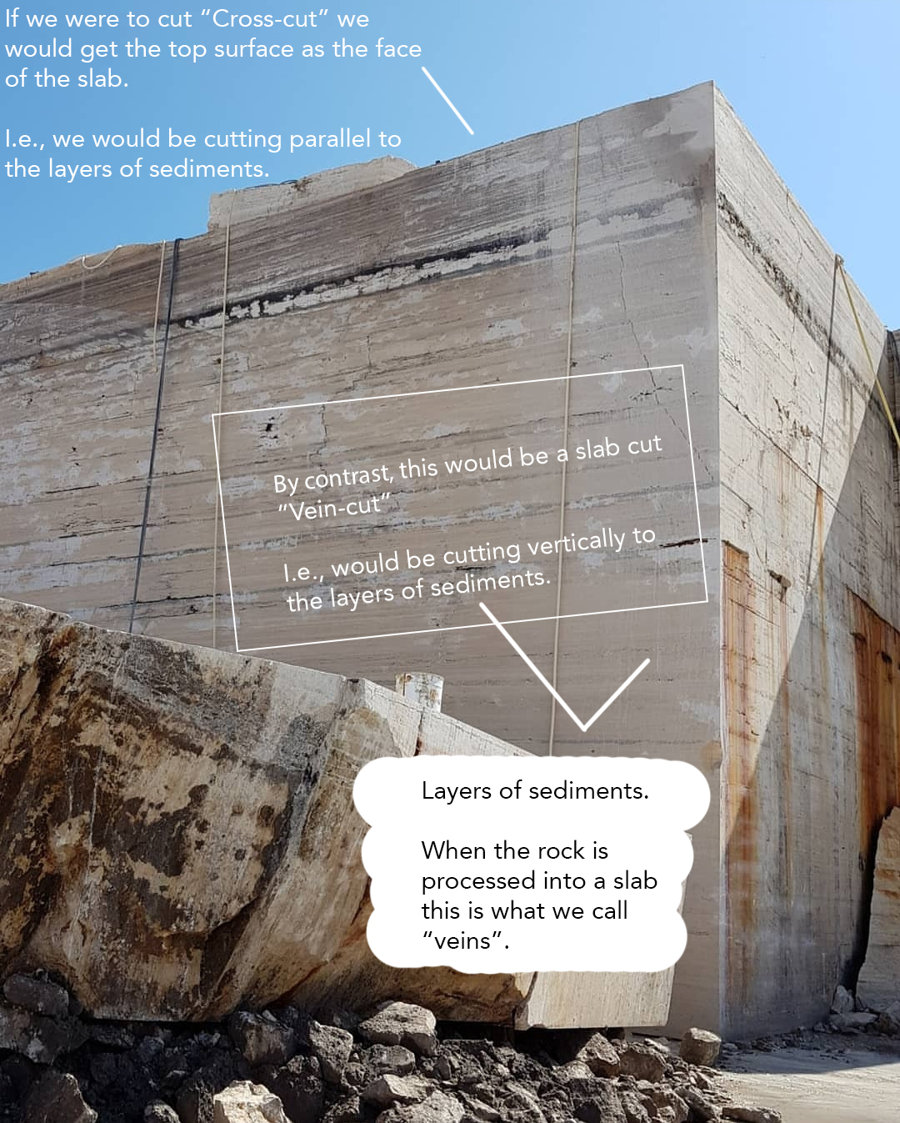
Vein-cut slabs
These horizontal lines are different layers of sediments, which are used as design pattern.
When the slabs are cut to have these layers visible, the way of cutting the block is called “vein cut”. In other words, we are cutting the slabs vertically to these layers.
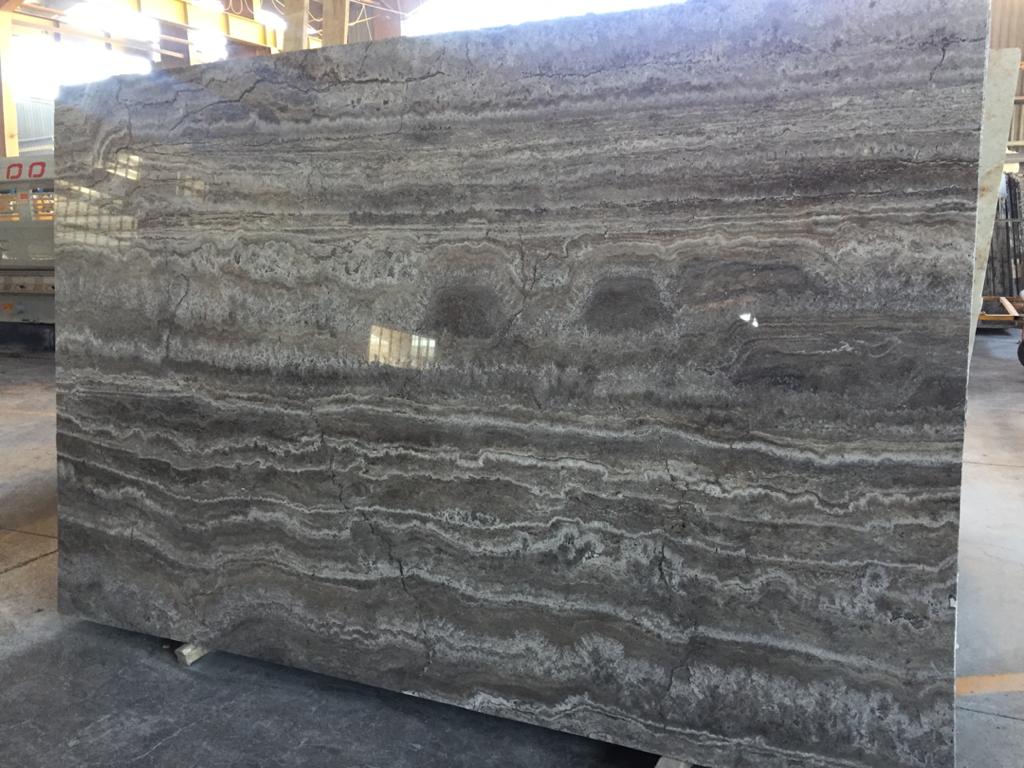
Vein-cut Silver travertine slab
Cross-cut slabs
The alternative is to cut the block parallel to these layers.
So in the instance above with the travertine quarry, we would be “taking” a slab from the top surface of the quarry.
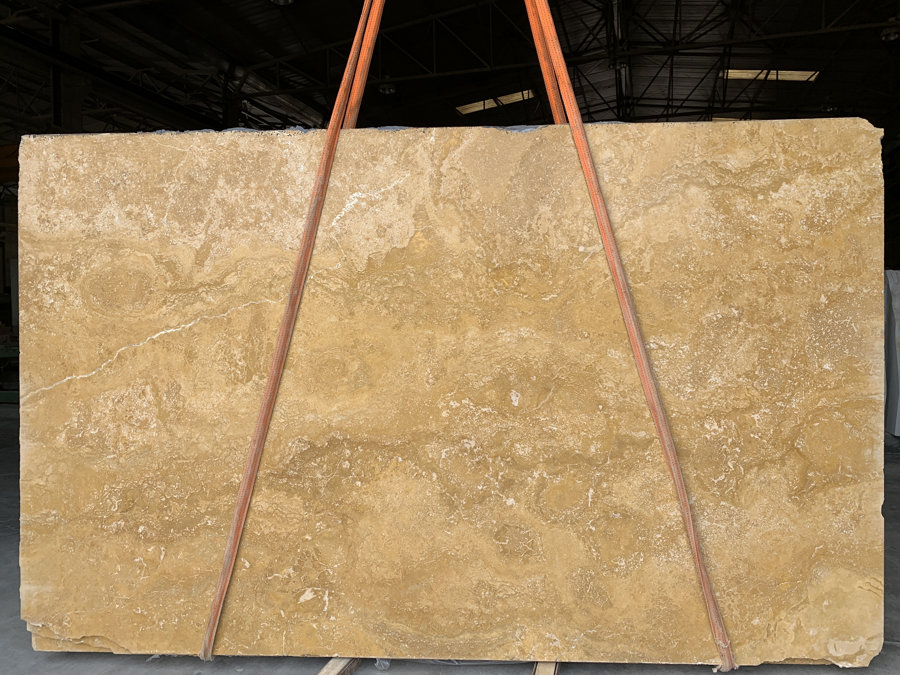
Cross-cut Yellow travertine slab
Is the difference always obvious between Vein-cut and Cross-cut slabs?
In many instances of natural stones these layers of sediments are very distinctive, thus there is a great aesthetic difference between the two cutting options.
But there are other natural stones that are more homogeneous and these layers are not (that) visible. In these cases there can be no difference between the slabs of one or the other cutting option.
Examples
Beige travertine cut
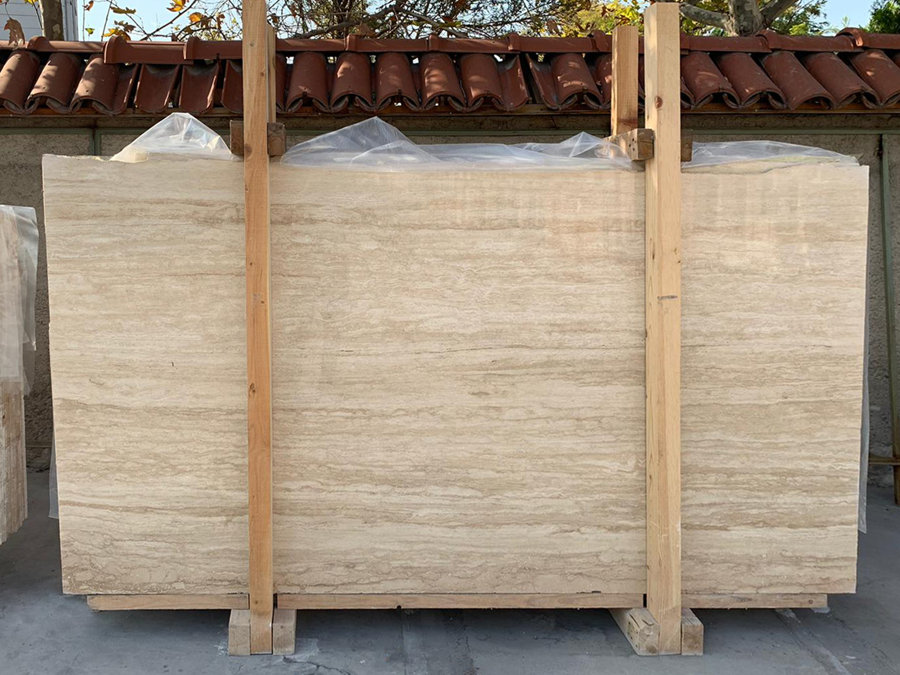
Vein-cut
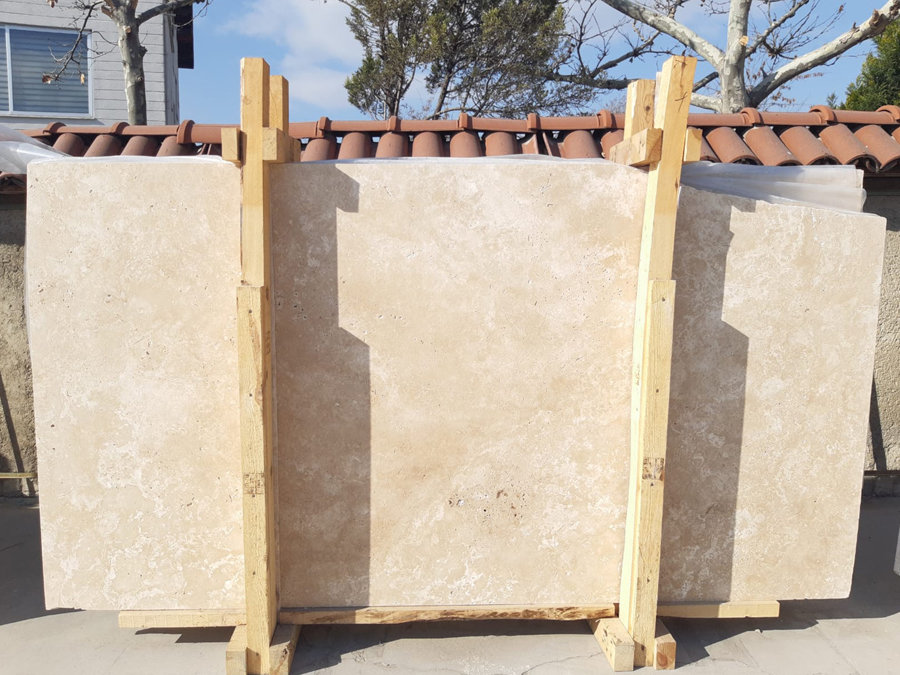
Cross-cut
Butterfly onyx
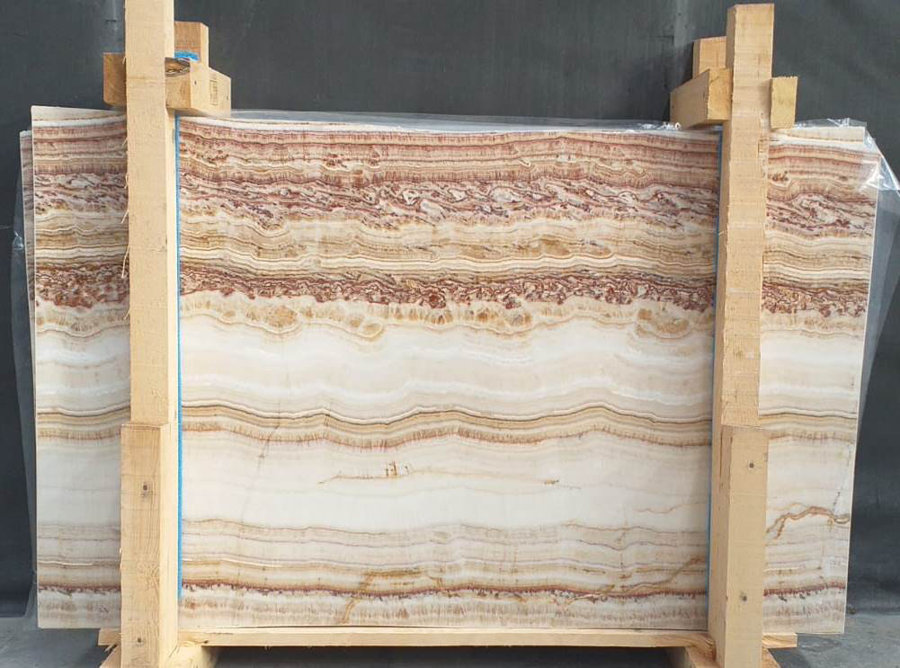
Vein-cut

Cross-cut
Ivory onyx
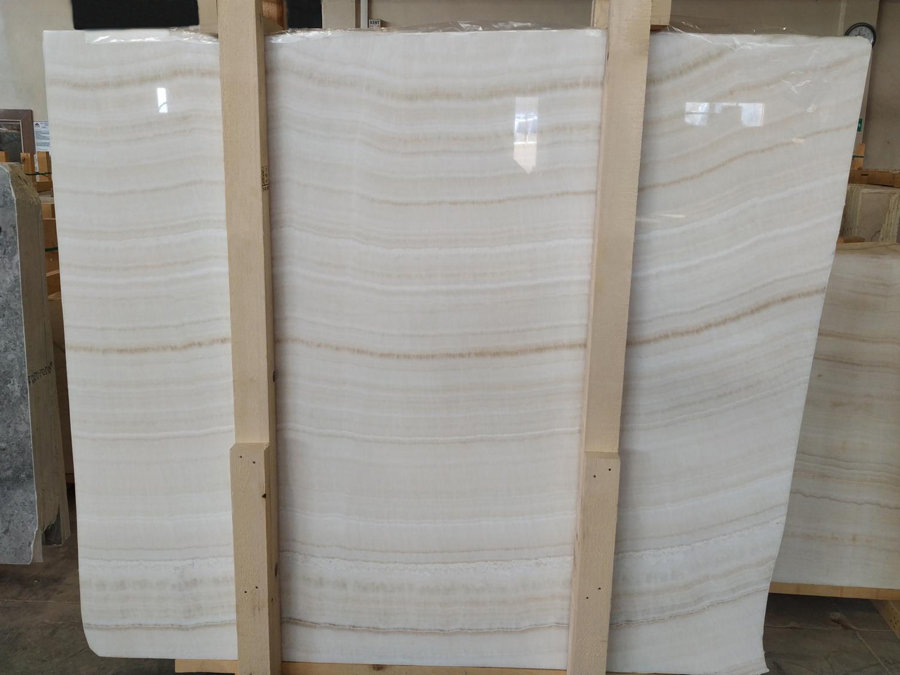
Vein-cut
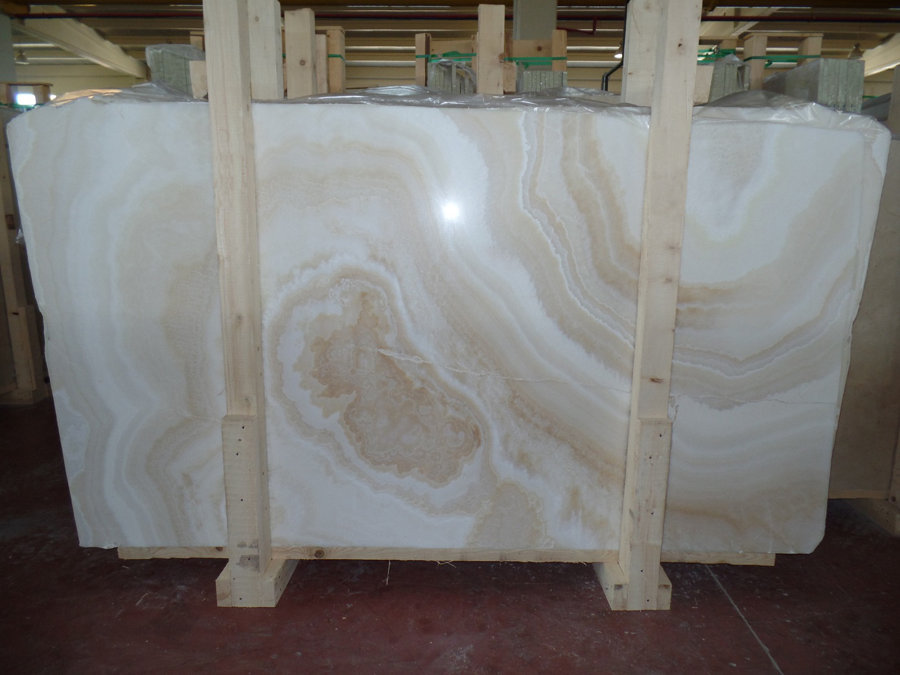
Cross-cut
Can all stones be cut Vein or Cross-cut?
Most probably yes, but usually the stones are processed in only one of the two cutting options.
This is because not both ways offer an interesting, design-wise, vein pattern.
Most commonly both these options are part of the standard production line for materials like travertine and onyx.
Cross-cut color variation
In many instances when a block is cut Cross-cut, the color of the slabs can vary from the beginning to the end of the block or even from one slab to the next.
This is another reason why this option might be avoided for some materials.
This is nature!
Each stone is different from the other, even within the same quarry the blocks can differ in color and pattern. This is the challenge and beauty of natural stones!
In any case before you make a decision discuss with your marble supplier what would be the best option based on your needs and aesthetic preferences.
Which option of cutting did you like best?
Let me know your thoughts and comments!



